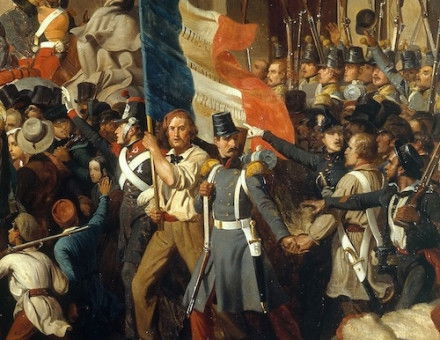Democracy in South Asia
Robin Jeffrey examines how colonialism and religious divisions have interacted with indigenous tradition to produce a mixed balance sheet for democracy in and around the Indian sub-continent.
India is often called 'the world's largest democracy', and Indians sometimes contend it is the oldest. 'The Sabhas and the Samities which existed in ancient India', the deputy chairman of India's upper house told a Commonwealth parliamentary seminar in 1994, 'provided people an opportunity to participate in democratic institutions ... [India's] democratic tradition is probably the oldest' in the world.
Whether 'democracy' first appeared in India or Athens is less material than why it 'reappeared' in India in 1950, has survived into the 1990s, yet has not set such deep roots in Pakistan or Bangladesh and has fallen into tatters in Sri Lanka. Through a comparison of these four South Asian countries, which share cultural attributes and were British-ruled prior to 1947-48, we can perhaps identify qualities that promote survival of democratic systems. In using the term 'democracy', I mean no more than regular, relatively free and fair, multi-candidate, usually multi-party elections. Such a system does not guarantee bounty, peace and equality, but it does approach the dictionary definition of 'government by the people'.





